Home>Garden Essentials>What Are The Elements Of Landscape Design
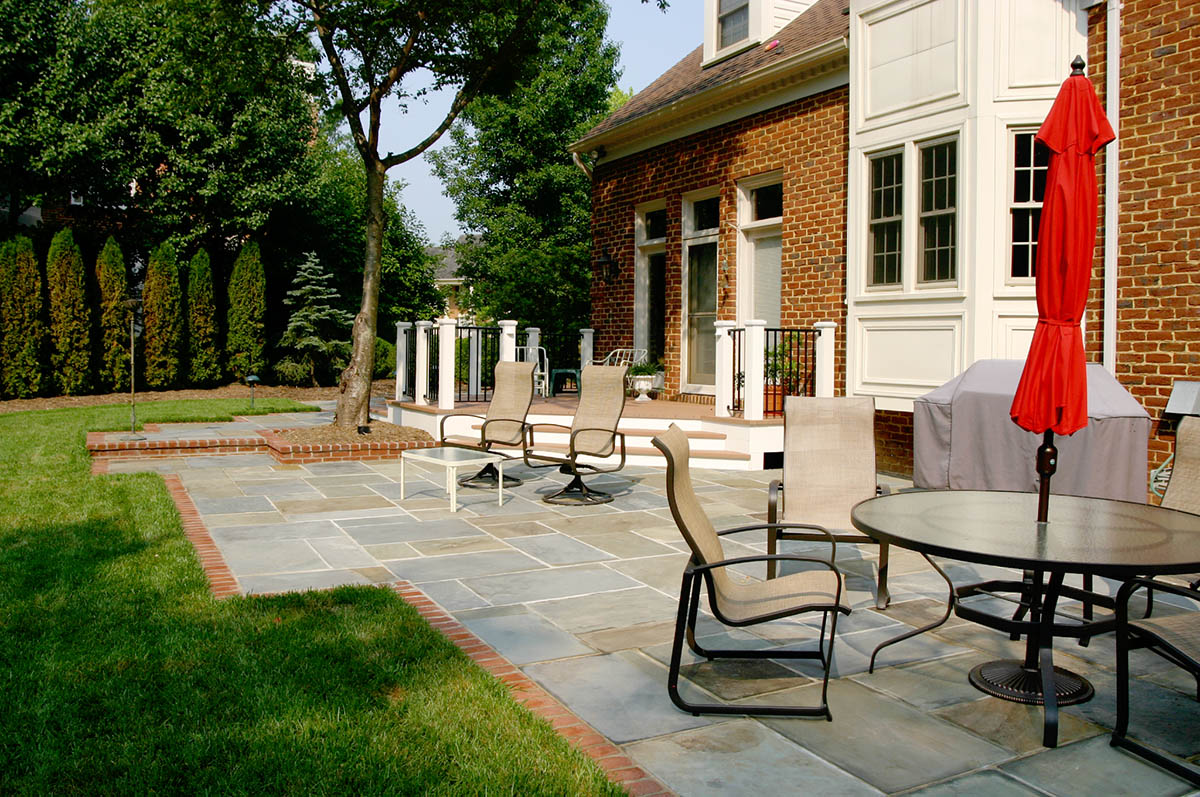

Garden Essentials
What Are The Elements Of Landscape Design
Modified: March 7, 2024
Discover the key elements of landscape design for your garden. Learn how to create a beautiful and functional outdoor space with proper planning and design techniques.
(Many of the links in this article redirect to a specific reviewed product. Your purchase of these products through affiliate links helps to generate commission for Storables.com, at no extra cost. Learn more)
Introduction
Welcome to the world of landscape design, where creativity meets nature. Whether you have a small backyard or vast acres of land, landscape design plays a crucial role in transforming outdoor spaces into functional and visually appealing havens. It is a blend of artistic vision, environmental awareness, and horticultural expertise.
At its core, landscape design aims to create harmony between the built environment and the natural surroundings. It involves carefully planning and arranging various elements, such as plants, hardscape features, and outdoor structures, to enhance the usability, aesthetics, and ecological balance of a space.
In this article, we will explore the essential elements of landscape design and how they contribute to creating stunning outdoor landscapes. From functionality and aesthetics to site analysis and environmental considerations, we will delve into the key factors that shape the design process.
Whether you are a seasoned gardener or new to the world of landscaping, this article will provide valuable insights to help you understand the intricacies of landscape design and inspire you to create your own outdoor masterpiece.
So, let’s dig in and uncover the secrets behind creating breathtaking landscapes that combine functionality, beauty, and sustainability.
Key Takeaways:
- 1. Designing a beautiful outdoor space involves considering functionality, aesthetics, and sustainability. It’s like creating a work of art that also serves a purpose and helps the environment.
- 2. Taking care of a landscaped area is important for keeping it beautiful and healthy. Just like tending to a garden, regular maintenance and adjustments ensure a long-lasting outdoor masterpiece.
Functionality of Landscape Design
One of the primary goals of landscape design is to create outdoor spaces that are not only visually appealing but also functional. Functionality refers to how well a landscape design meets the needs and requirements of its users.
When designing a landscape, it is essential to consider the intended purpose of the space. Will it be used for entertaining guests, dining al fresco, or as a serene retreat for relaxation? By understanding the desired functionality, a landscape designer can tailor the design to cater to these specific needs.
Functionality can be achieved through the proper arrangement of outdoor living areas, pathways, and overall spatial organization. For example, a well-designed patio or deck can provide a comfortable space for outdoor gatherings, while strategically placed walkways can guide visitors through the landscape effortlessly.
In addition to creating defined areas for specific activities, functionality also involves considering practical aspects such as drainage, accessibility, and ease of maintenance. Ensuring proper drainage prevents issues like water pooling or erosion, while incorporating accessible pathways and features allows individuals of all abilities to navigate the landscape comfortably.
Functionality in landscape design also extends to the selection of plants. Choosing plants that are suitable for the climate and soil conditions ensures their long-term health and reduces the need for extensive maintenance. Furthermore, incorporating elements like outdoor lighting and irrigation systems can enhance usability, especially in the evenings or during dry periods.
Ultimately, the functionality of a landscape design should align with the needs and lifestyle of the individuals using the space. By striking a balance between functionality and aesthetics, a well-designed landscape can provide a harmonious outdoor living environment that brings enjoyment and enhances daily life.
Aesthetics in Landscape Design
While functionality is crucial, aesthetics play a central role in landscape design. Aesthetics refer to the visual appeal and beauty of the outdoor space. A well-designed landscape should evoke emotions, create a sense of serenity, and be visually pleasing to the eye.
One of the essential aspects of creating visual appeal in landscape design is the careful selection and arrangement of plants. The choice of plant species, their colors, textures, and forms can significantly impact the overall aesthetic of the landscape. For example, a mix of flowering plants can add vibrant pops of color, while evergreen shrubs can provide year-round interest and structure.
Furthermore, the use of different plant heights and varying foliage textures adds depth and dimension to the landscape. Combining vertical elements like trees with lower-growing plants creates a visually appealing layered effect. Additionally, incorporating focal points such as specimen trees or sculptures can draw the eye and create a sense of visual interest and balance.
In landscape design, the concept of unity and harmony is crucial for creating a cohesive and visually pleasing outdoor space. Unity can be achieved through the repetition of certain elements, such as using the same plant species or hardscape materials throughout the design. This repetition creates a sense of unity and consistency, tying the different areas of the landscape together.
Another element to consider in landscape aesthetics is the use of color. The strategic placement of plants with complementary or contrasting colors can evoke specific moods or create focal points. Warm colors like red and yellow can create a sense of energy and vibrancy, while cool colors like blue and purple can evoke a calm and soothing atmosphere.
In addition to plants, the use of hardscape elements like pathways, patios, and water features can contribute to the overall aesthetic of the landscape. The selection of materials, such as natural stone, pavers, or wood, can add texture and visual interest. By incorporating elements that harmonize with the surrounding environment, a landscape designer can create a visually appealing and cohesive outdoor space.
Ultimately, aesthetics in landscape design involve careful consideration of the various elements and their arrangement to create a visually stunning and harmonious outdoor environment. By marrying functionality with aesthetics, landscape designers can create spaces that not only meet the needs of the users but also ignite a sense of beauty and tranquility.
Site Analysis and Evaluation
Before embarking on any landscape design project, a thorough site analysis and evaluation are essential. This process involves assessing the existing site conditions, understanding its limitations and opportunities, and gathering vital information that will influence the design decisions.
Site analysis begins with understanding the site’s topography, soil composition, and climate. The contour of the land can affect the drainage patterns, the placement of plants, and the overall layout of the landscape. Conducting a soil test helps determine the soil’s fertility, pH level, and drainage capacity, which guides the choice of appropriate plants and the need for soil amendments.
Climate considerations are crucial in determining what plants will thrive in the specific region. Factors such as temperature ranges, average rainfall, and sunlight exposure play a significant role in selecting suitable plant species and ensuring their long-term health. Understanding the microclimates within the site, such as areas that receive more shade or wind exposure, can further inform plant placement and design decisions.
Aside from natural elements, site analysis also involves assessing any man-made features or structures that may impact the design process. These can include existing buildings, utility lines, fences, or any other elements that need to be integrated into the landscape design or worked around.
Furthermore, site analysis evaluates the site’s functional requirements and the lifestyle needs of the individuals using the space. This includes determining the desired activities, such as dining, playing, or gardening, and assessing the need for privacy or specific functional areas like outdoor kitchens or seating areas.
Gathering information on the clients’ preferences, tastes, and goals for the landscape also plays a crucial role in the evaluation process. Understanding their vision and desires helps to tailor the design to their specific needs and ensures a successful outcome that aligns with their expectations.
By conducting a thorough site analysis and evaluation, landscape designers can gain a comprehensive understanding of the site’s unique characteristics and constraints. This information forms the foundation for the design process and allows for informed decisions that maximize the potential of the outdoor space, while considering its limitations and opportunities.
Spatial Organization and Layout
The spatial organization and layout of a landscape design play a vital role in creating a functional and visually appealing outdoor space. It involves the arrangement and allocation of different areas within the landscape to meet the desired functionality and aesthetic goals.
One of the primary considerations in spatial organization is zoning the landscape into distinct areas or outdoor rooms. Each zone serves a specific function, such as an entertainment area, a relaxation space, or a vegetable garden. Separating these areas creates a sense of order and allows for efficient use of the outdoor space.
In landscape design, pathways and circulation routes are crucial for guiding movement and connecting different areas. They can be in the form of walkways, stepping stones, or even natural paths. The placement and design of pathways should take into consideration the flow of traffic, accessibility needs, and aesthetics of the overall design.
The layout of outdoor structures, such as pergolas, gazebos, or seating areas, should be carefully planned to maximize their usability and integration within the landscape. These structures can create focal points or sheltered spaces, adding interest and functionality to the design. Additionally, the placement of these structures should consider factors such as sunlight exposure, views, and privacy.
When organizing plantings within the landscape, it is important to consider the growth habits, sizes, and maintenance requirements of the selected plant species. Proper spacing between plants ensures they have enough room to grow and thrive. Grouping plants with similar water and sunlight needs also simplifies maintenance and supports their health and vitality.
Another aspect of spatial organization is creating visual balance and proportion in the landscape. This involves distributing elements, such as plants, structures, and hardscapes, evenly throughout the design. Achieving balance helps create a sense of harmony and prevents the landscape from appearing cluttered or disjointed.
Lastly, the overall scale and proportion of the landscape should be carefully considered. This includes the relationship between the size of outdoor elements, such as trees or seating areas, and the overall size of the space. Proper scale and proportion create a cohesive and visually pleasing design.
By paying careful attention to the spatial organization and layout, landscape designers can create outdoor spaces that flow seamlessly and meet the functional and aesthetic goals of the clients. Thoughtful zoning, strategic pathways, and well-placed structures and plantings contribute to a landscape design that is both inviting and visually appealing.
Read more: What Is Landscaping
Plant Selection and Arrangement
Plant selection and arrangement are fundamental aspects of landscape design. Plants bring life, texture, and color to outdoor spaces, creating a vibrant and inviting atmosphere. The careful consideration of plant species, their characteristics, and their arrangement is crucial for the success and overall aesthetic of a landscape.
When selecting plants, it is important to assess the site’s environmental conditions, including the climate, soil type, sunlight exposure, and water availability. Certain plants thrive in specific conditions, so understanding these factors ensures that the selected plants will flourish in their new environment.
Consideration should also be given to the desired purpose of the plants within the landscape. Some plants may be chosen for their ornamental value, such as flowering perennials or shrubs with colorful foliage. Others may be selected for their functional benefits, such as trees that provide shade or privacy screening.
Diversity in plant selection is crucial for creating a visually interesting and sustainable landscape. Incorporating a variety of plant species with different heights, colors, textures, and bloom times adds depth and visual appeal. Additionally, selecting plants with varying maintenance requirements allows for ease of care and ensures that the landscape continues to flourish over time.
The arrangement of plants is equally important in landscape design. Understanding the growth habits and ultimate size of each plant species is critical for proper placement. Taller plants can be used as backdrops or to create privacy screens, while shorter plants can be placed in the foreground or along borders.
Grouping plants with similar water and sunlight requirements streamlines maintenance and promotes healthy growth. Consider creating themed areas, such as a native plant garden or a succulent display, to enhance the visual impact and ecological sustainability of the landscape.
In addition to the aesthetic considerations, plants can also serve functional purposes in landscape design. For example, strategically placed trees or dense shrubs can provide privacy or act as windbreaks. Groundcover plants can prevent soil erosion and suppress weed growth. Incorporating edible plants, such as herbs or vegetables, can create a functional and attractive edible garden.
Plant selection and arrangement are essential aspects of landscape design that contribute to the overall beauty and functionality of the outdoor space. By choosing the right plants for the site, considering their arrangement, and ensuring their compatibility with the environmental conditions, landscape designers can create landscapes that are visually stunning, sustainable, and harmonious with the surrounding environment.
When designing a landscape, consider the elements of form, line, texture, and color to create a balanced and visually appealing outdoor space. These elements can be used to create focal points, define areas, and add interest to the overall design.
Hardscape Elements
While plants bring life and beauty to a landscape, hardscape elements provide structure, functionality, and visual interest. Hardscape refers to the non-living components of a landscape design, including pathways, patios, walls, fences, arbors, and other man-made features.
Integrating hardscape elements into the landscape design creates defined spaces, enhances usability, and adds architectural appeal. These features can complement the surrounding natural elements, provide focal points, and contribute to the overall aesthetic of the outdoor space.
One of the prominent hardscape elements in many landscape designs is pathways. Pathways serve a dual purpose of guiding foot traffic and adding visual interest to the landscape. They can be made from various materials, such as natural stone, pavers, gravel, or concrete, and can be designed in a variety of patterns. Well-designed pathways create a sense of flow and connect different areas within the landscape.
Patios and outdoor seating areas are another integral part of hardscaping. These spaces provide opportunities for outdoor dining, entertaining, or simply relaxing. Materials such as flagstone, brick, or concrete pavers can be used to create durable and visually pleasing surfaces. The design of these areas should consider factors such as size, shape, furniture placement, and the desired level of privacy.
Walls and fences are hardscape elements that serve both functional and aesthetic purposes. They can define property boundaries, provide privacy, or create enclosed garden spaces. Materials like stone, wood, or metal can be used to construct walls and fences, offering a wide range of design options to suit different styles and preferences.
Incorporating structures such as pergolas, arbors, or trellises can add vertical interest and create a focal point in the landscape. These elements can be used to support climbing plants, provide shade, or create visual screens. Integrating seating areas or outdoor kitchens beneath these structures enhances functionality and creates inviting outdoor living spaces.
Water features are another popular hardscape element that adds a sense of tranquility and visual appeal to a landscape. Fountains, ponds, or cascading waterfalls can create soothing sounds and attract wildlife. The placement and design of water features should consider factors such as the available space, water source, and desired visual impact.
Lighting is a hardscape element that should not be overlooked. Well-placed outdoor lighting can enhance the beauty of the landscape, add safety and security, and extend usability into the evening hours. Lighting can be used to highlight focal points, illuminate walkways, or create ambience for outdoor gatherings.
Incorporating hardscape elements into landscape design adds structure, functionality, and visual interest to outdoor spaces. By carefully selecting and integrating elements such as pathways, patios, walls, and water features, landscape designers can create captivating and cohesive designs that seamlessly blend nature and human-made elements.
Color and Texture in Landscape Design
Color and texture are powerful tools that landscape designers use to create visual impact and evoke specific emotions in outdoor spaces. The careful selection and arrangement of plants, hardscape materials, and other design elements can significantly influence the color and texture palette of a landscape.
Color plays a vital role in landscape design, as it can create atmosphere, set the mood, and draw attention to specific areas. Different colors evoke different emotions and can be used to create focal points or establish a coherent color scheme throughout the landscape.
Warm colors such as red, orange, and yellow create a vibrant and energizing atmosphere. These colors are often used to draw attention and create visual interest. They can be incorporated through the use of flowering plants, such as roses or marigolds, or through hardscape materials like clay pavers or terracotta pots.
Cool colors such as blue, purple, and green evoke a sense of calm and tranquility. These colors are often used to create a relaxing and serene atmosphere. They can be incorporated through the use of plants such as lavender or hydrangeas, or through hardscape materials like blue ceramic tiles or greenery-filled walls.
Neutral colors such as white, gray, and beige provide a sense of elegance and timelessness. They can serve as a backdrop for other colors or be used to create a cohesive design. Neutral colors can be used in hardscape materials like natural stone or concrete, or in the foliage of plants like ornamental grasses or silver-leafed shrubs.
Texture refers to the surface quality of objects in the landscape, including plants, hardscape materials, and other design elements. Incorporating a variety of textures adds depth and visual interest to the overall design.
Plants with different leaf textures, such as smooth, glossy leaves or rough, textured foliage, can create a tactile experience and add dimension to the landscape. Combining plants with varying textures, such as fine grasses, spiky succulents, or broad leafed shrubs, creates a visually compelling composition.
Hardscape materials also contribute to texture in landscape design. Rough stone walls, smooth marble sculptures, or pebbled pathways create contrast and tactile interest. Incorporating materials with different textures adds depth and complexity to the overall design.
Color and texture can also be manipulated through the use of light and shadow in the landscape. The position and angle of lighting fixtures can highlight certain colors or create interesting shadows, adding another layer of visual interest.
When considering color and texture in landscape design, it is important to strike a balance and create harmony. A well-designed landscape will have a cohesive color palette and a thoughtful combination of textures. By using color and texture strategically, landscape designers can create outdoor spaces that are visually stunning, engaging, and reflect the desired mood and atmosphere.
Sustainability and Environmental Considerations
In today’s world, sustainability and environmental consciousness are crucial factors to consider in landscape design. Designing outdoor spaces that promote ecological balance, conserve resources, and minimize negative environmental impacts is not only responsible but also contributes to a healthier and more sustainable planet.
One of the key considerations in sustainable landscape design is water conservation. By choosing drought-tolerant plants and incorporating efficient irrigation systems, water usage can be minimized. Rainwater harvesting techniques, such as installing rain barrels or creating rain gardens, help capture and utilize natural precipitation, reducing the reliance on traditional water sources.
Another aspect of sustainability is minimizing chemical use in the landscape. Opting for organic pest control methods and using natural fertilizers reduces the negative impact on the environment and promotes a healthier ecosystem. Additionally, practicing proper plant selection and maintenance techniques can help prevent pest and disease issues in the first place.
Native plants play a vital role in sustainable landscape design. These plants are adapted to the local climate, soil conditions, and support native wildlife. By incorporating native species, the need for excessive watering, pesticides, and fertilizers is minimized. Native plants also contribute to the preservation of biodiversity by providing habitat and food sources for local wildlife.
Hardscape materials should also be chosen with sustainability in mind. Using locally sourced and recycled materials reduces the carbon footprint associated with transportation and extraction. Additionally, permeable paving materials allow for natural water infiltration, reducing runoff and minimizing the strain on stormwater management systems.
Sustainable landscape design prioritizes soil health and fertility. By utilizing practices such as composting, mulching, and proper soil amendment, the soil structure can be improved, nutrient cycling enhanced, and erosion reduced. Healthy soil supports the long-term vitality of plants and contributes to a thriving ecosystem.
Creating habitats for beneficial wildlife is another important aspect of sustainable landscape design. Incorporating features such as bird feeders, birdhouses, or butterfly gardens provides shelter, food sources, and breeding grounds for diverse wildlife species. This fosters a natural balance and enhances the ecological value of the landscape.
Overall, sustainability and environmental considerations are integral aspects of landscape design. By implementing practices that conserve water, reduce chemical use, incorporate native plants, and prioritize soil health, landscape designers can create outdoor spaces that are environmentally responsible and contribute to the greater well-being of our planet.
Read more: What Element Makes Plumbing Pipes
Maintenance and Management of Landscape Design
Maintenance and management are essential considerations in landscape design to ensure the long-term health, beauty, and functionality of the outdoor space. Proper maintenance practices and regular care are crucial in preserving the desired aesthetic appeal and ensuring the continued viability of plants and hardscape elements.
Regular maintenance tasks include watering, pruning, fertilizing, and weed control. Adequate watering is essential to support plant growth and health, while proper pruning helps maintain desired shape, control size, and promote air circulation within plants. Fertilizing provides necessary nutrients for plant growth, and weed control prevents the competition for resources and maintains the overall neatness of the landscape.
Proper timing is important when it comes to maintenance tasks. For example, pruning flowering shrubs should be done immediately after flowering to avoid removing next season’s flower buds. Care should also be taken to avoid excessive pruning, as it can weaken plants and reduce their vigor.
Hardscape elements also require regular maintenance to preserve their condition and longevity. Cleaning, sealing, and repairing any damaged hardscape materials, such as pathways or walls, helps maintain their structural integrity and aesthetic appeal. Additionally, regular inspection of irrigation systems, lighting, and other functional elements is necessary to ensure their proper functioning.
While regular maintenance is important, designing a low-maintenance landscape can also be a goal for some individuals. This involves selecting plant species that require minimal care, utilizing hardscape materials that are durable and low-maintenance, and incorporating efficient irrigation systems to reduce water consumption.
Management of a landscape design goes beyond routine maintenance tasks. It involves identifying and addressing any issues or changes in the environment that may impact the landscape. This can include factors such as pest or disease outbreaks, changes in climate conditions, or alterations to the surrounding natural ecosystem.
Adapting and adjusting the landscape design as needed is crucial for its successful management. This may involve replacing plant species if they are not thriving, modifying irrigation systems for improved water efficiency, or making changes to hardscape elements to better suit the needs and preferences of the users.
Educating and involving the property owners or users in landscape management is also important. Providing guidance on proper care, sharing knowledge about plant species, and encouraging sustainable practices can help ensure the ongoing health and beauty of the landscape.
By implementing proper maintenance practices and actively managing the landscape design, landscape designers can create outdoor spaces that remain visually stunning, functional, and healthy for years to come. Ongoing care and attention to maintenance and management contribute to the longevity and overall success of any landscape design project.
Conclusion
In conclusion, landscape design is a multidimensional art form that combines creativity, functionality, and environmental consciousness. It involves careful consideration of elements such as plant selection, hardscape features, color, texture, and spatial organization to create visually stunning and functional outdoor spaces.
Functionality is a key aspect of landscape design, ensuring that the outdoor space meets the needs and preferences of the users. Thoughtful spatial organization and layout guide movement and create functional zones, while hardscape elements such as pathways, patios, and structures enhance usability and add architectural interest.
Aesthetics play a crucial role in landscape design, evoking emotions and creating a harmonious environment. The careful selection and arrangement of plants, as well as the incorporation of color and texture, contribute to the visual appeal and beauty of the landscape.
Sustainability and environmental considerations are integral to landscape design. By utilizing native plants, minimizing water usage, promoting biodiversity, and incorporating sustainable practices, landscape designers can create outdoor spaces that are environmentally responsible and contribute to a healthier planet.
Maintenance and management are essential in preserving the beauty and functionality of a landscape design. Regular care, proper pruning, irrigation, and hardscape maintenance ensure the long-term health and attractiveness of the outdoor space. Adapting and managing the landscape design as needed allows for continued success as environmental conditions and user preferences evolve.
In the end, landscape design combines the artistry of creating beautiful outdoor spaces with the practicality of functionality and sustainability. A well-designed landscape can provide a sanctuary for relaxation, a haven for biodiversity, and a reflection of personal tastes and lifestyle. By understanding and integrating the essential elements of landscape design, we can transform any outdoor space into a breathtaking and harmonious environment.
Frequently Asked Questions about What Are The Elements Of Landscape Design
Was this page helpful?
At Storables.com, we guarantee accurate and reliable information. Our content, validated by Expert Board Contributors, is crafted following stringent Editorial Policies. We're committed to providing you with well-researched, expert-backed insights for all your informational needs.
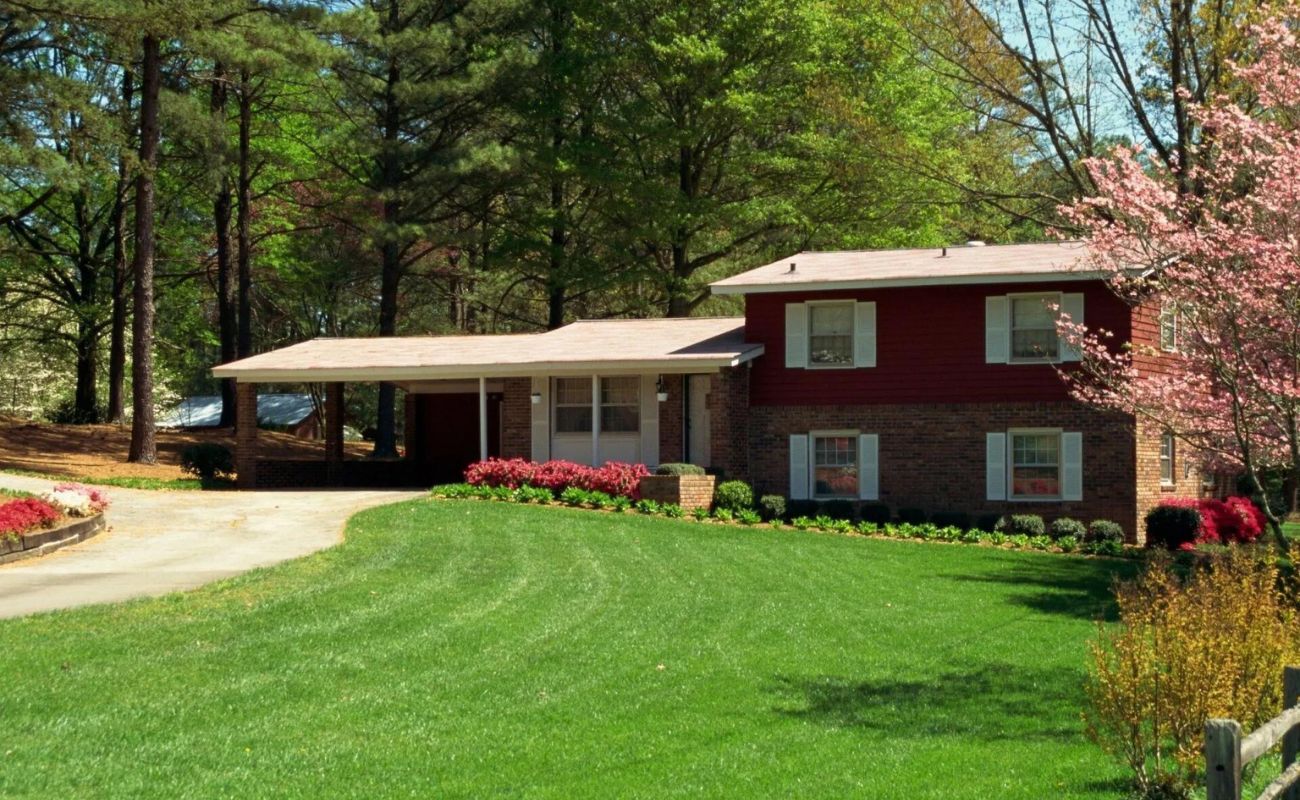
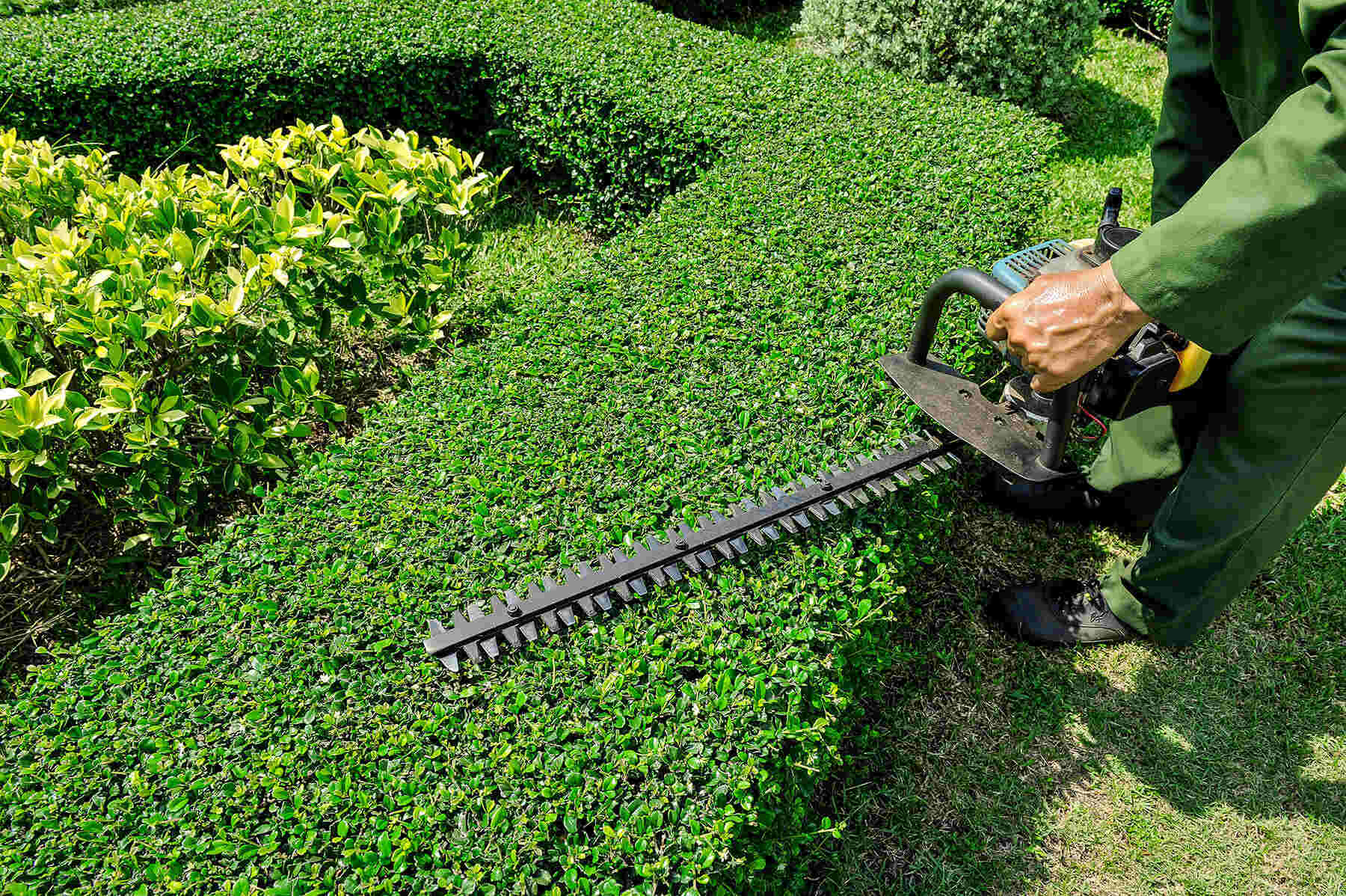
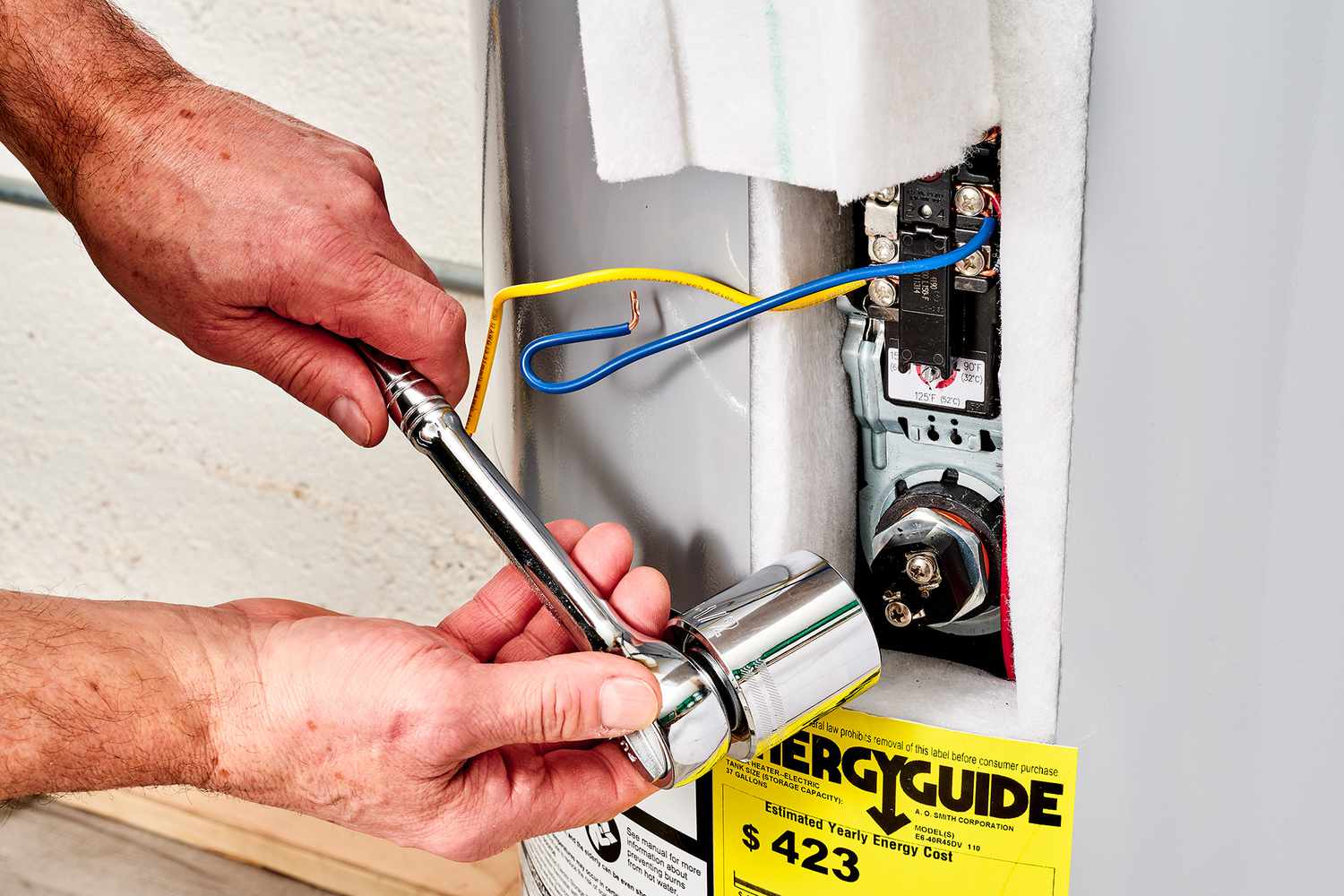
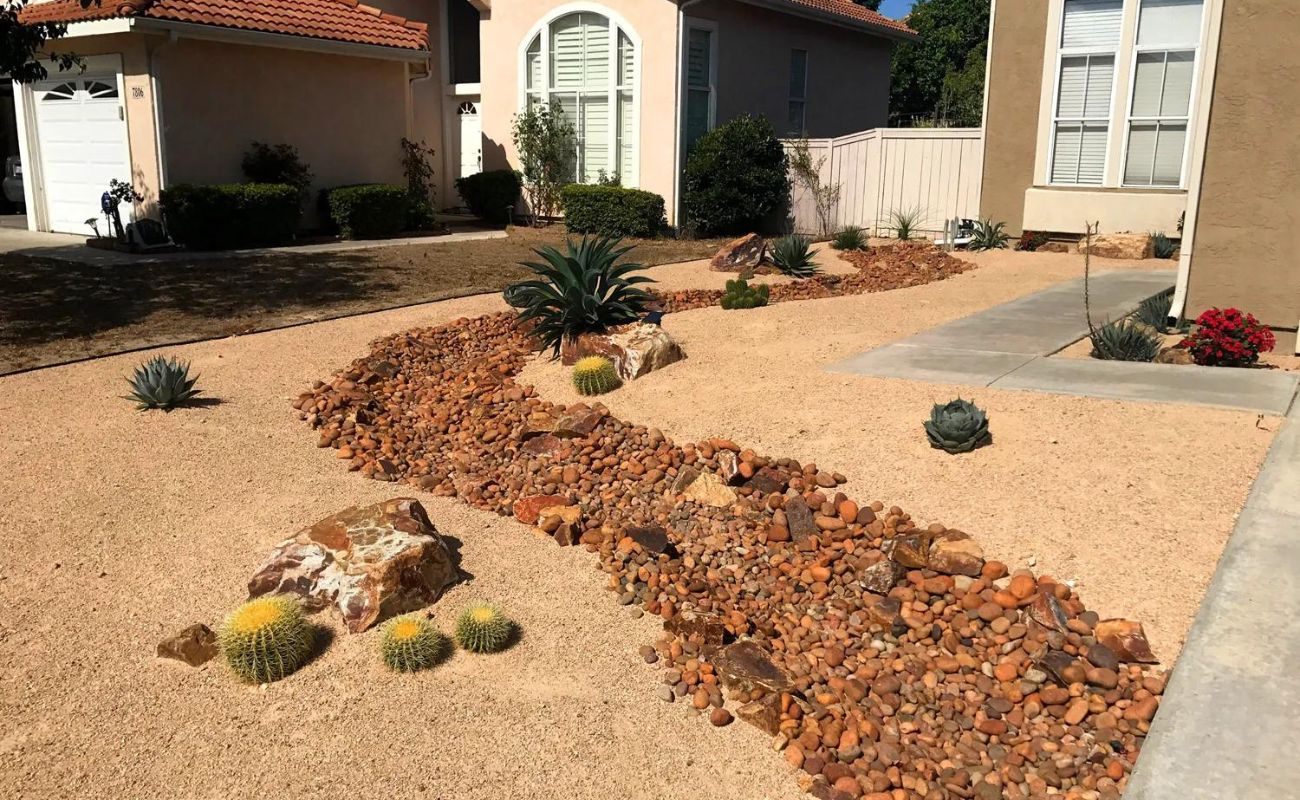
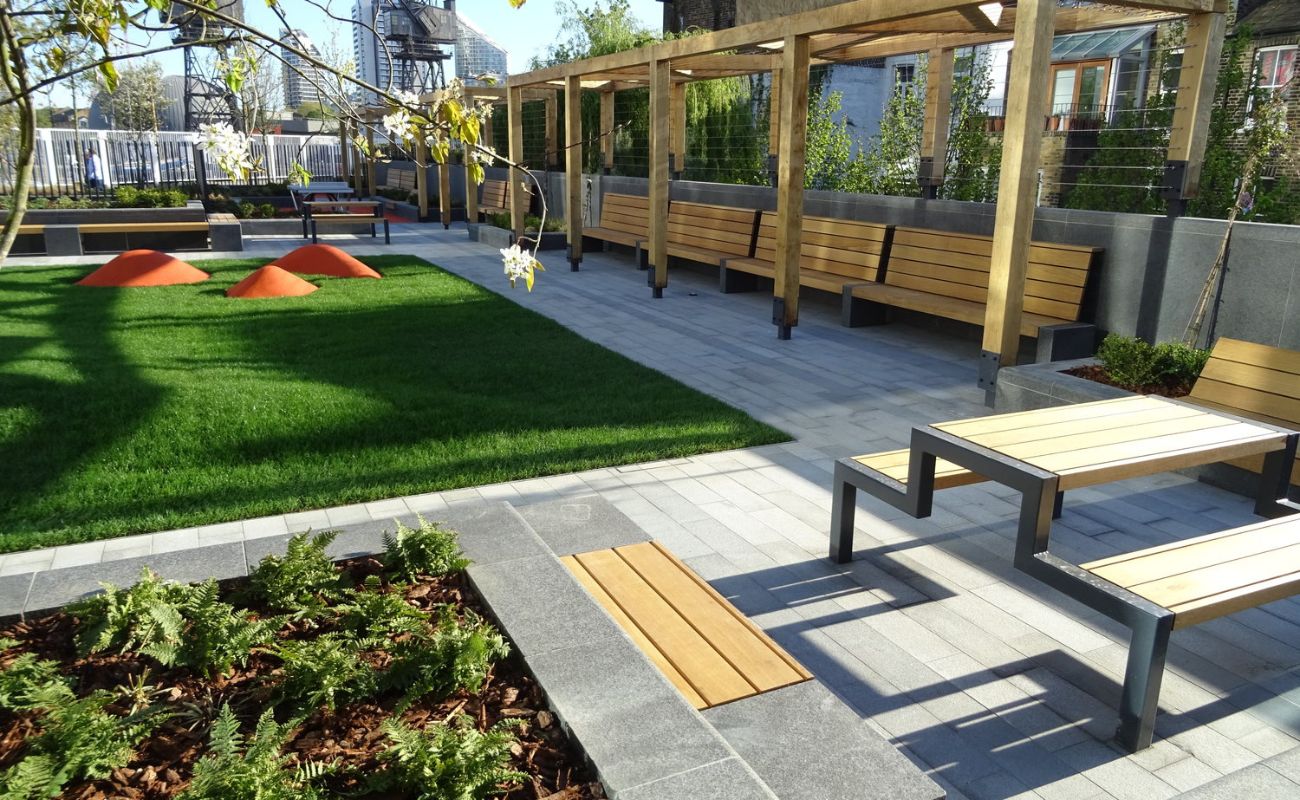
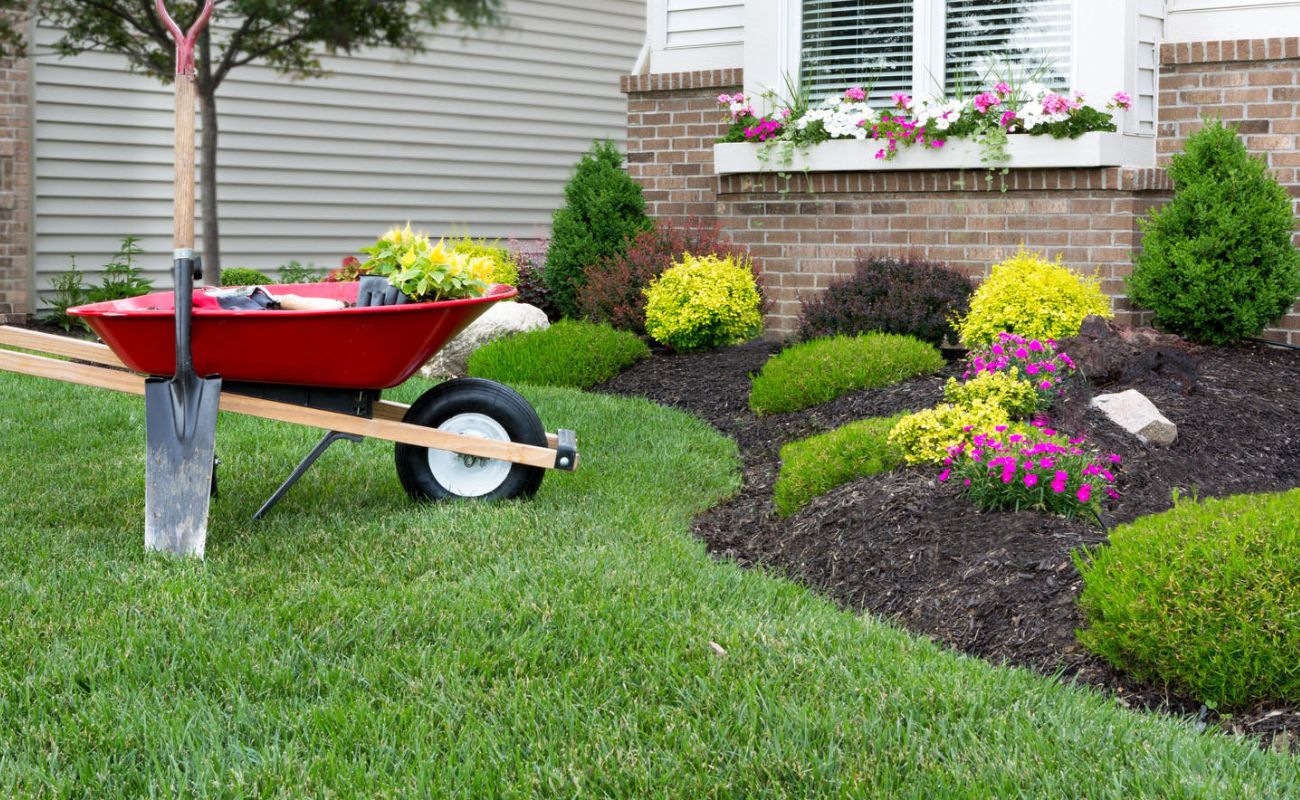

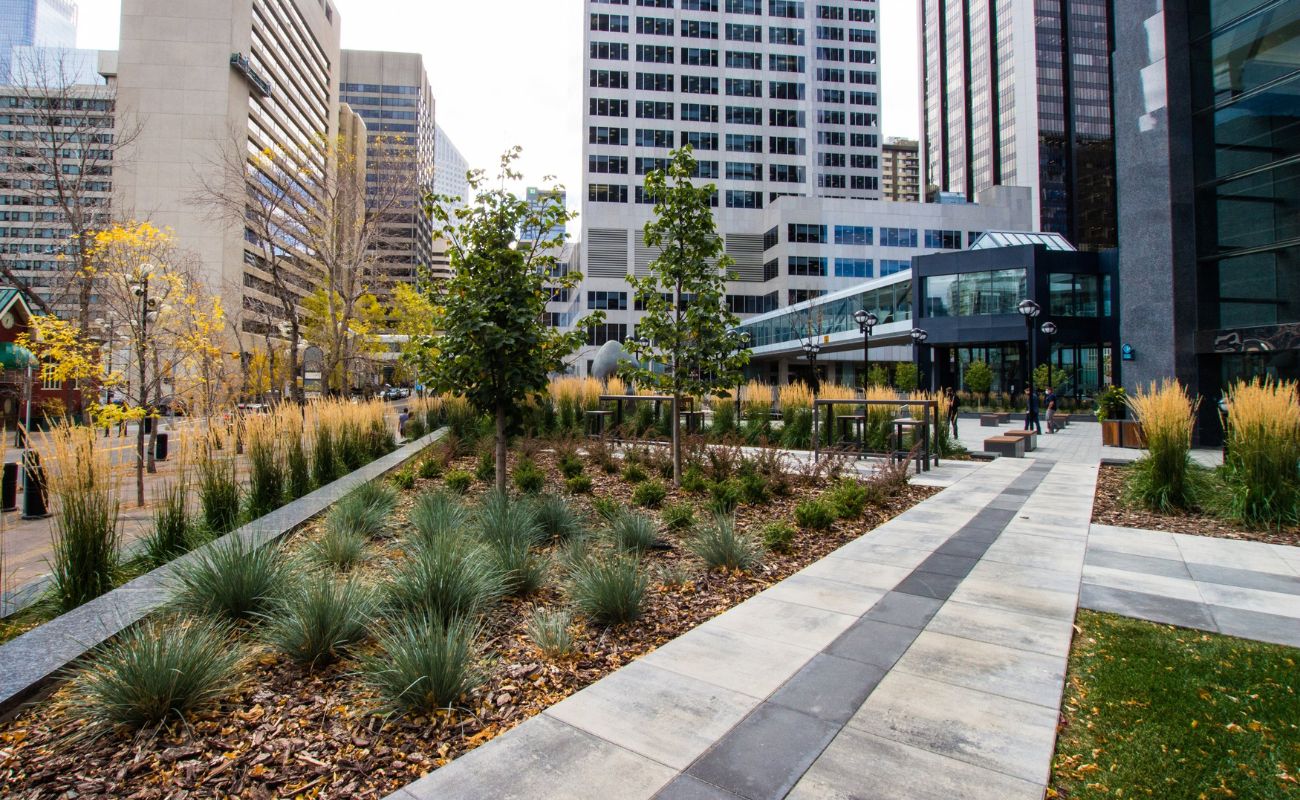
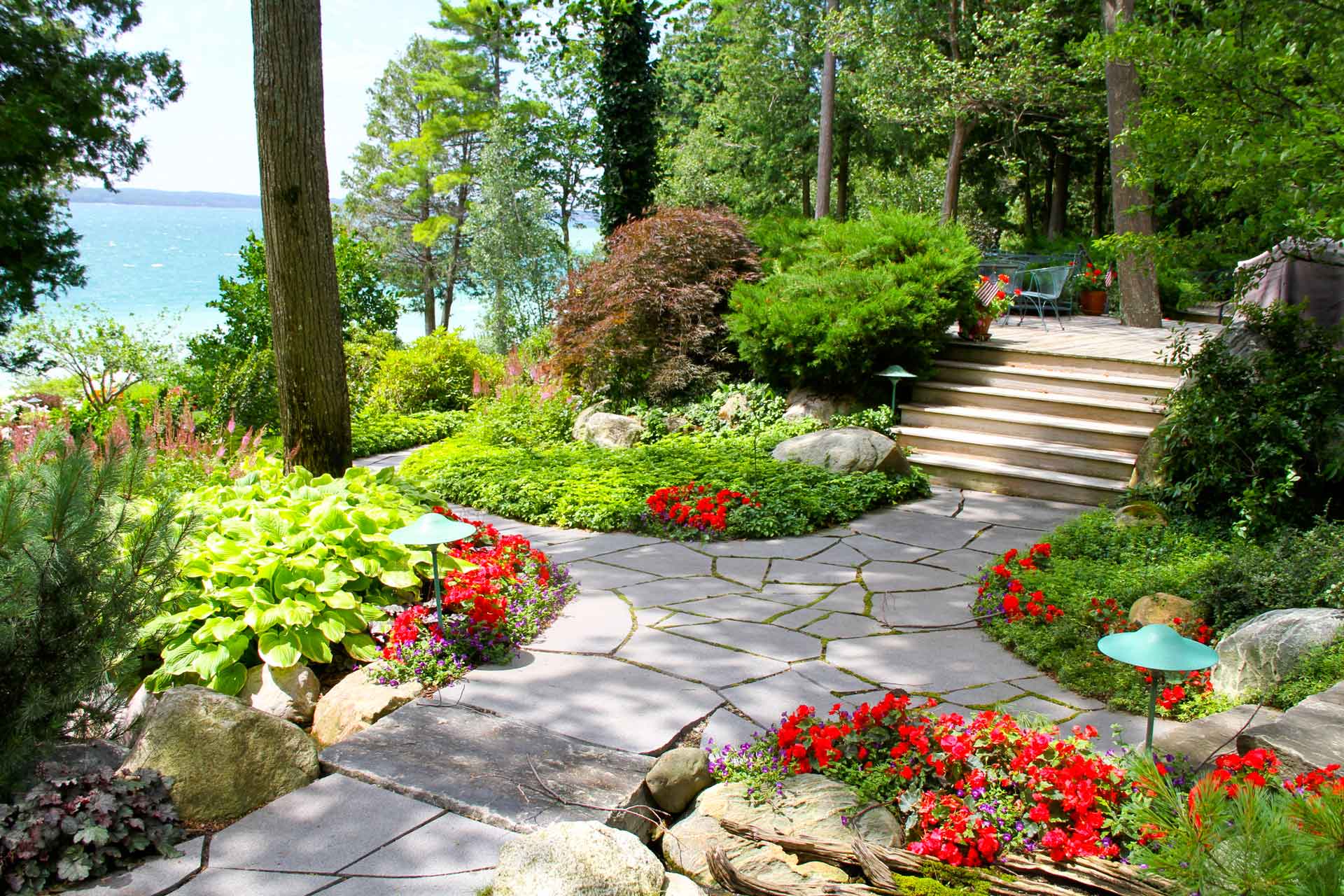
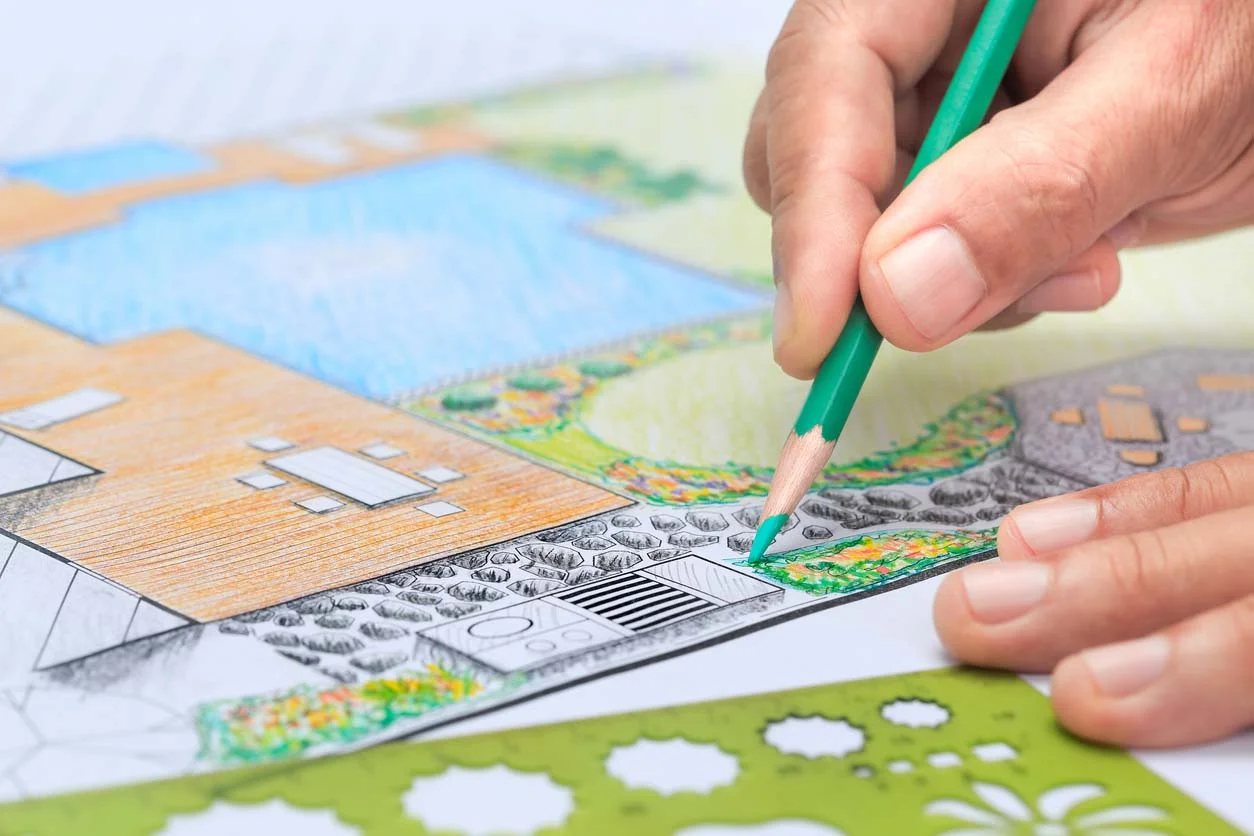
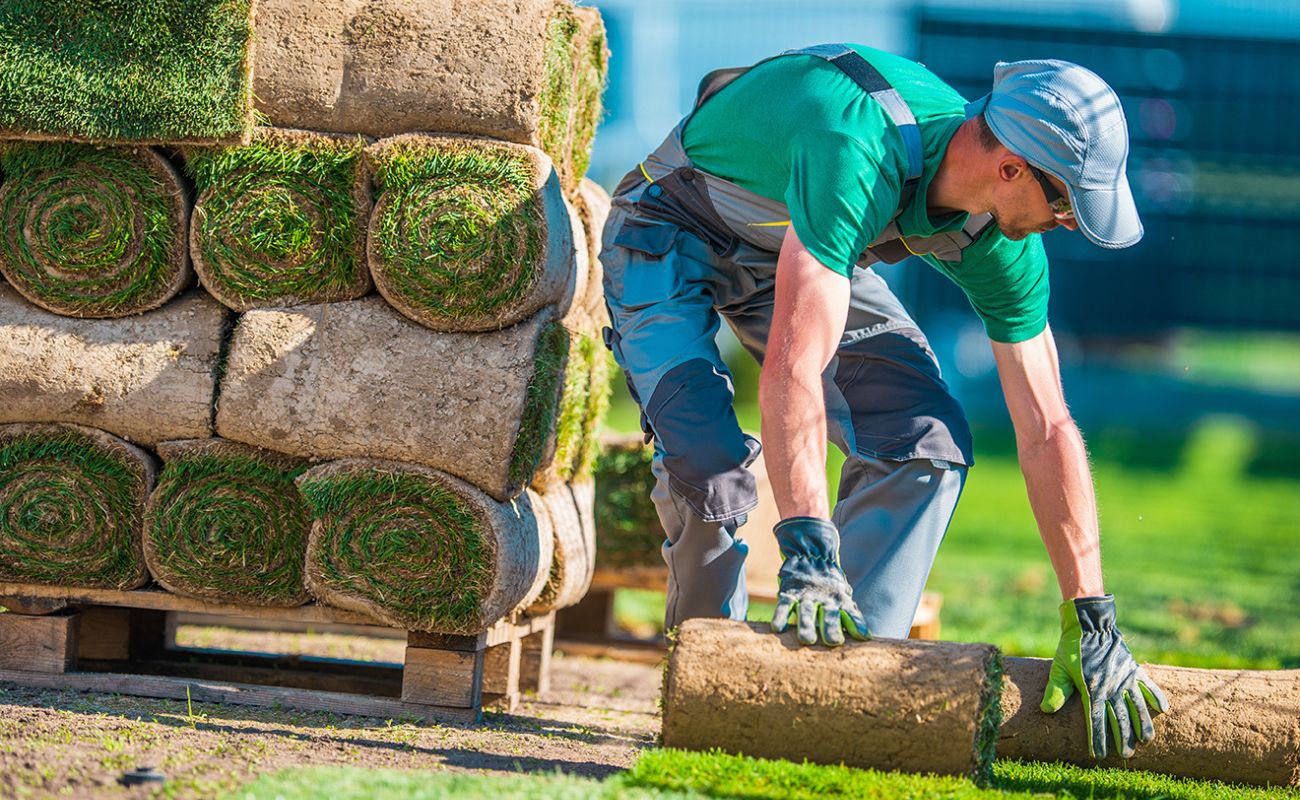
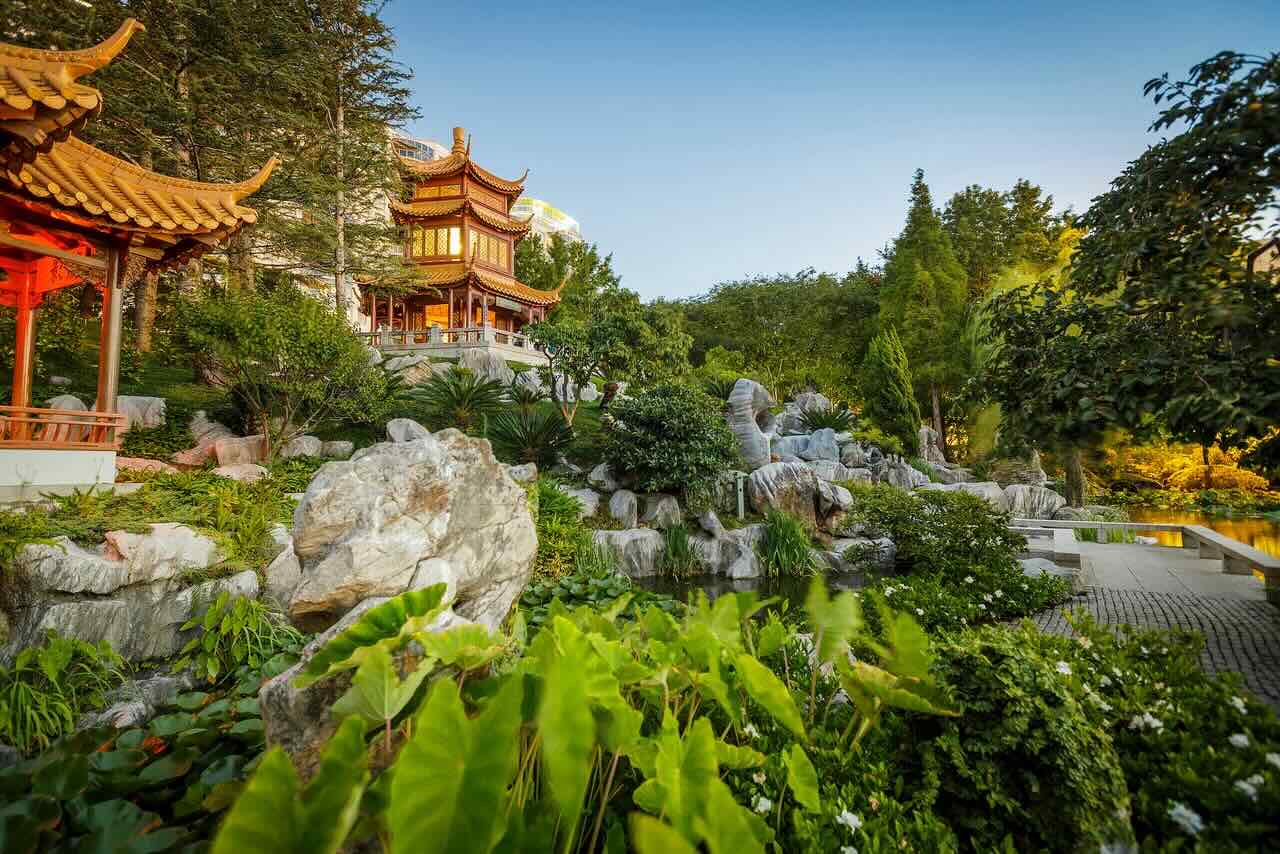
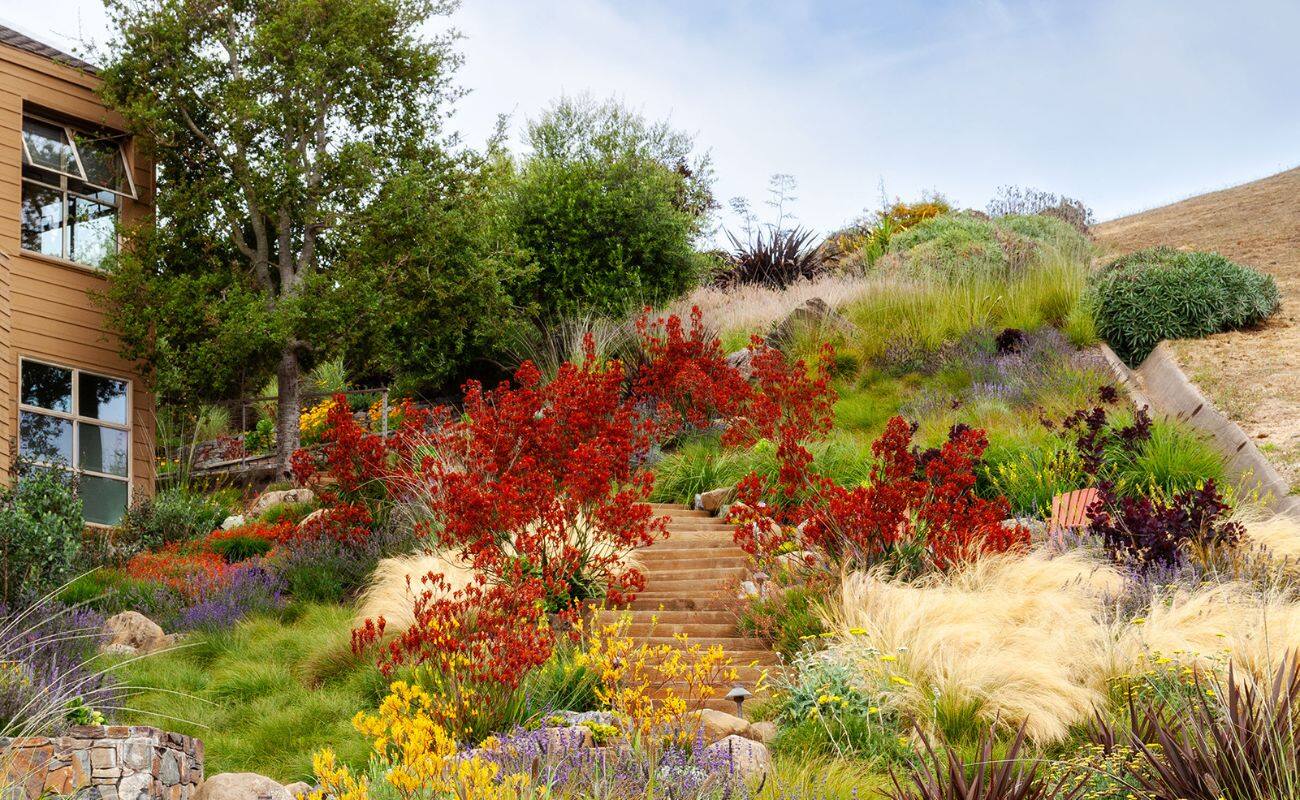

0 thoughts on “What Are The Elements Of Landscape Design”